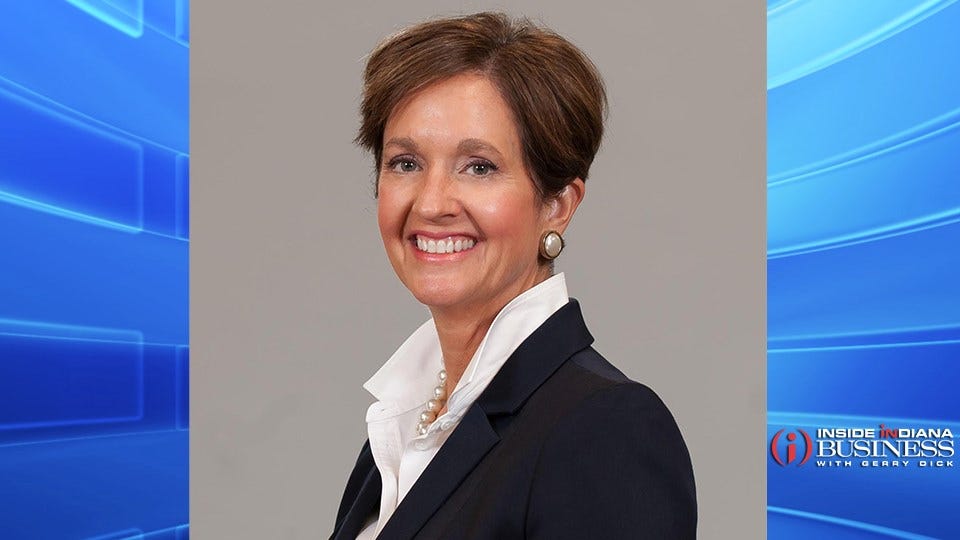Student loans 101
Subscriber Benefit
As a subscriber you can listen to articles at work, in the car, or while you work out. Subscribe Now
There’s been a lot of discussion about the cost of college, student loans, and student loan forgiveness – with good reason. According to eLearningWorld, college costs have increased 4.6 times more than inflation over the past 50 years. So it’s not surprising that approximately 70% of families that send a child off to college apply for financing. As of July 2022, about 48 million American borrowers owe nearly $1.75 trillion in student loan debt (StudentLoanHero.com). That’s a lot of money.
The Basics
When determining how to pay for a college education, you first need to know how much it will cost to obtain your degree. Then, once you have that final number, look at your 529 plan, other investments, grants, scholarships, education tax credits, and personal cash flow.
When you add all those things together, and the bottom line is negative, you need to figure out how to fund the shortfall, and the answer might be student loans.
What Type of Loan
Perhaps you have heard of federal student loans, private student loans, PLUS loans, and subsidized and unsubsidized loans. Which one is right for you?
In most cases, borrowers should apply for federal student loans first, as they can offer repayment and forgiveness plans that private lenders don’t typically provide. You must complete the FAFSA form (Free Application for Federal Student Aid) to apply for a federal loan. I recommend you read the article published on September 26, 2022, and written by my co-worker, Abby VanDerHeyden, on the process and importance of completing the FAFSA.
Federal Direct Loans
- Subsidized federal direct loans are need-based loans available to undergraduates who attend school at least half-time. The school determines how much you can borrow, and the federal government pays the interest on the loan until the student graduates.
- Unsubsidized federal direct loans are not need-based and can be used for undergraduate and graduate education expenses. The school still determines how much you can borrow, the interest accrues while the student is in school, and the interest can be paid as accrued or added to the loan balance.
Federal Direct PLUS Loan (Parent Loans to Undergraduate Student)
- These loans allow parents to borrow funds for their children’s education. This loan is not need-based and qualified borrowers can borrow the entire amount needed for the student’s education. Fixed monthly payments are amortized over several years and repayment can be deferred until the student graduates; however, the interest on the loan continues to build during this time. It’s important to note that PLUS loans cannot be transferred to the child.
Private Student Loans
- These loans are available through financial institutions and are typically based on the creditworthiness of the co-signor. Often, it’s the private student loans that are the least flexible and hard to restructure. It should also be noted that if the student passes away, direct federal loans are forgiven, while private loans remain an obligation of the co-signor.
Repayment
Student loan debt is financially crippling for many, and it’s important to make sure you can afford the loan repayment. A general rule is that your student loan debt should not exceed your estimated starting salary.
If you do find yourself in a situation where repaying your loan is a financial hardship, contact your loan service provider to work out a new repayment plan. If you have a federal loan, determine if you are eligible for forgiveness with the Public Service Loan Forgiveness Program or if you qualify for deferment or forbearance.
Ignoring and not paying your student loans could lead to late fees, a damaged credit score, and wage garnishment.
Summary
Considering the average cost of going to college has increased by as much as 2700% or about 4.6 times the inflation rate during the last 50 years, it’s not surprising that more people are applying for student loans to pay for their education. However, make sure that the debt is manageable so that you are on the right career path and on the right financial footing.
Meredith Carbrey, CFP, is a Senior Wealth Advisor with Bedel Financial Consulting, Inc., a wealth management firm located in Indianapolis. For more information, visit their website at www.bedelfinancial.com or email Meredith at mcarbrey@bedelfinancial.com.

